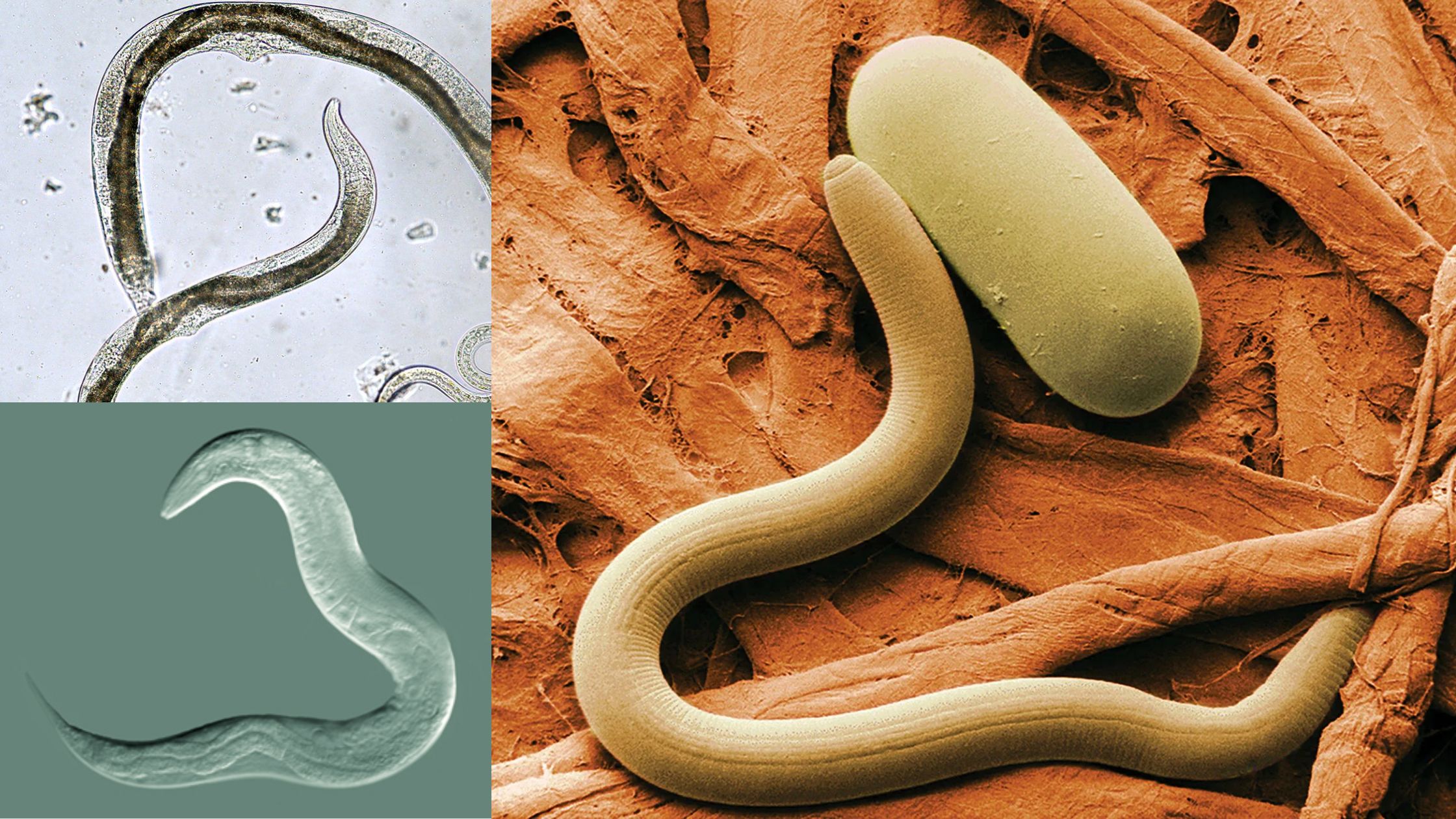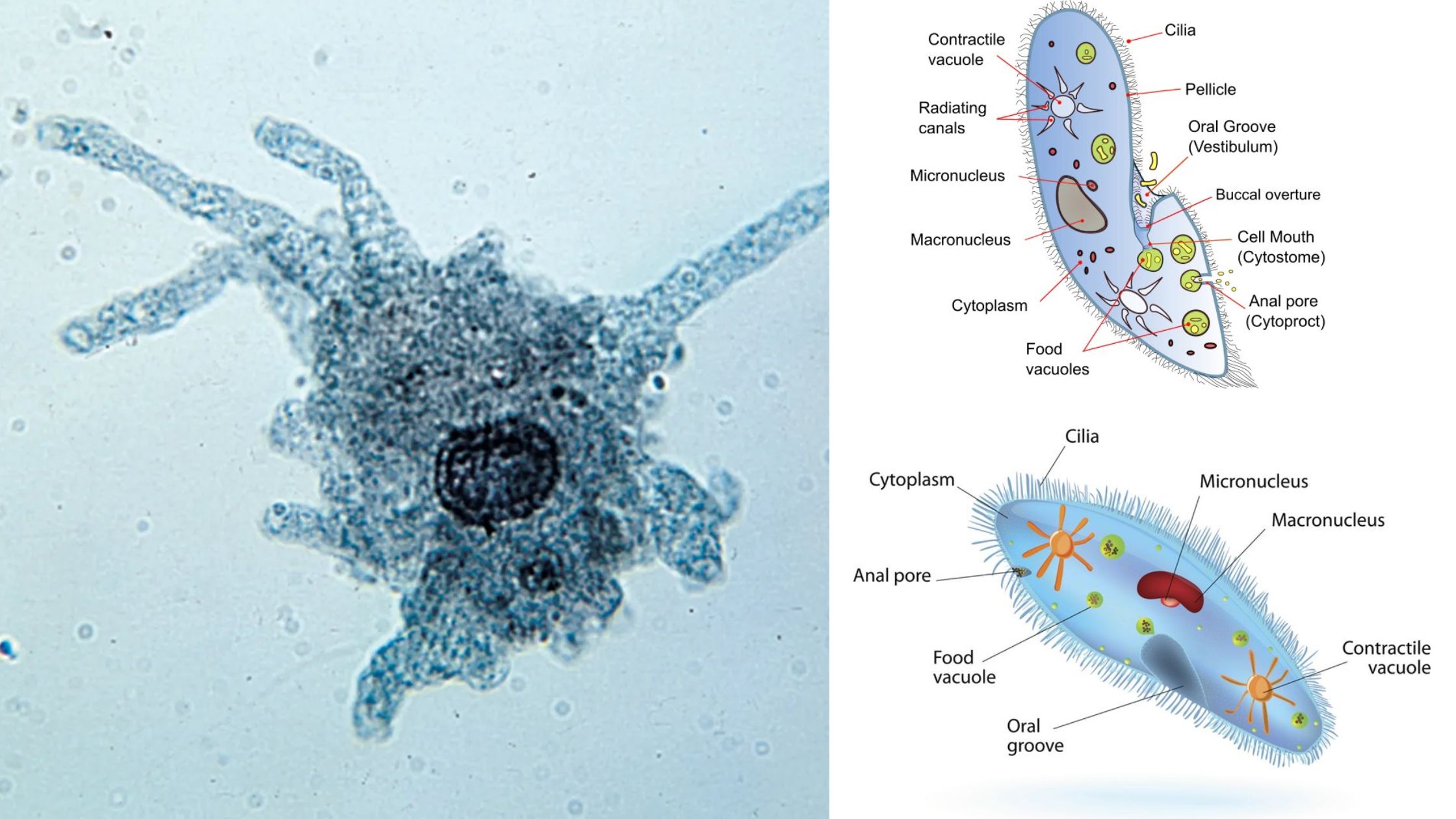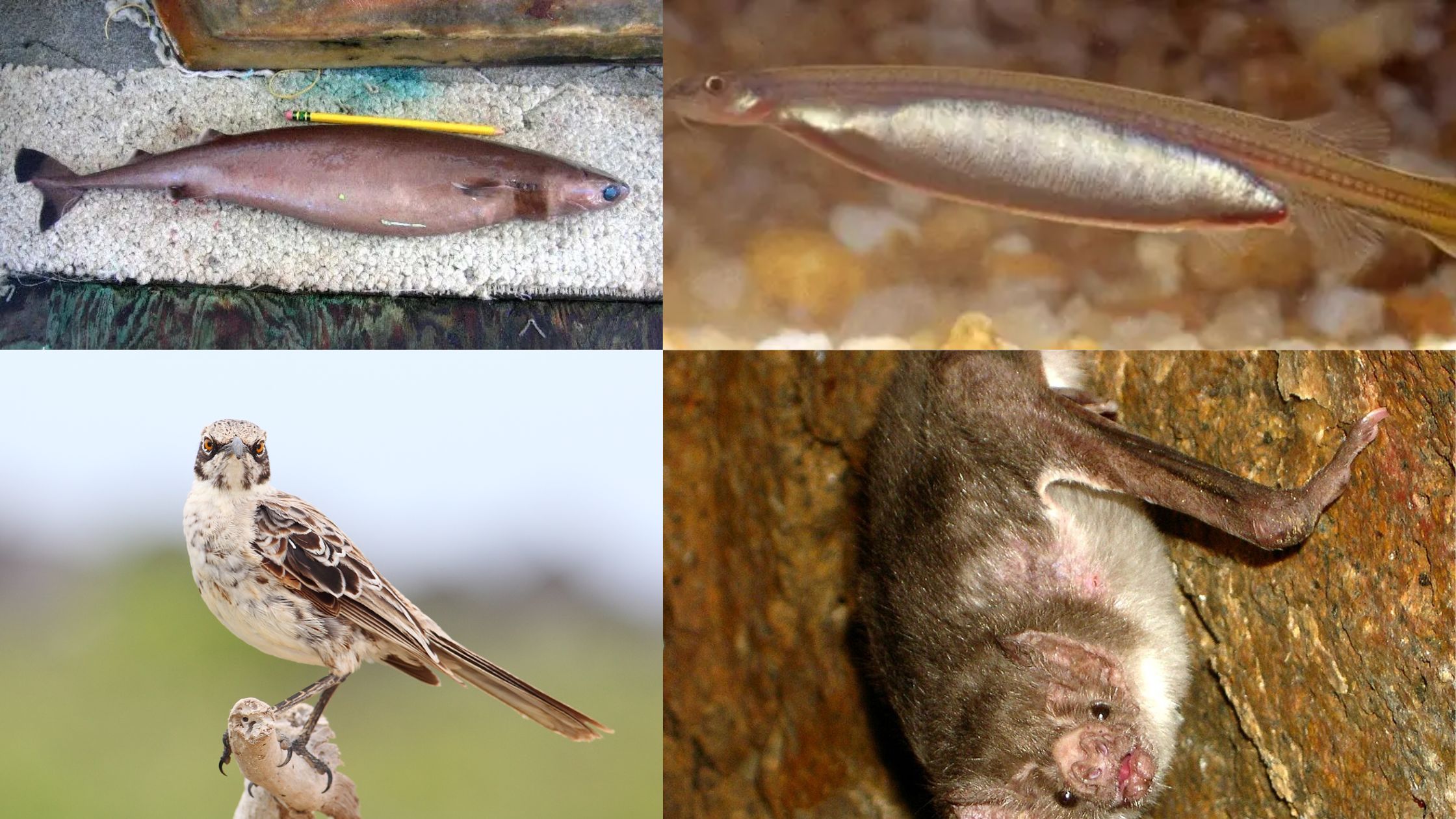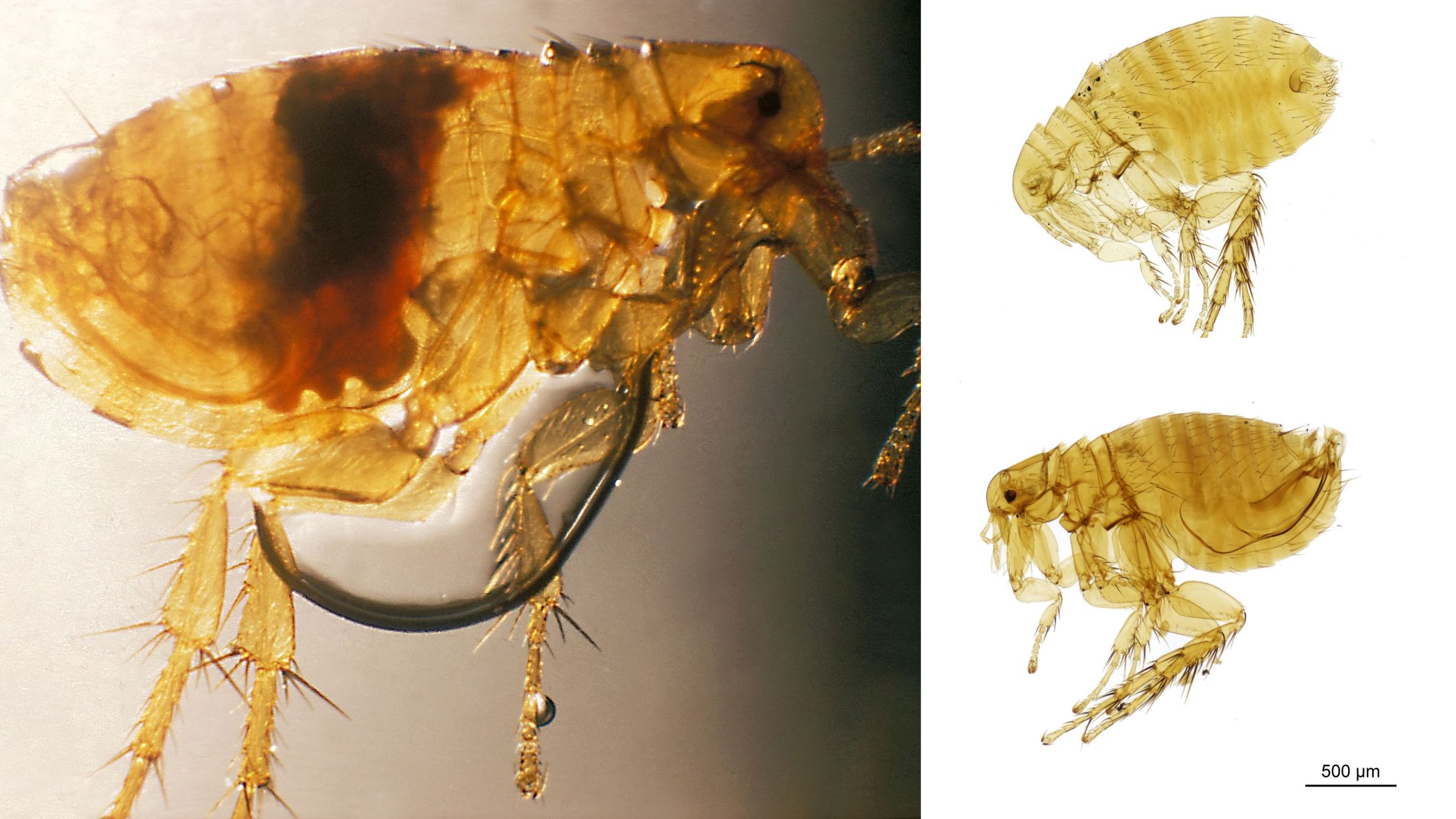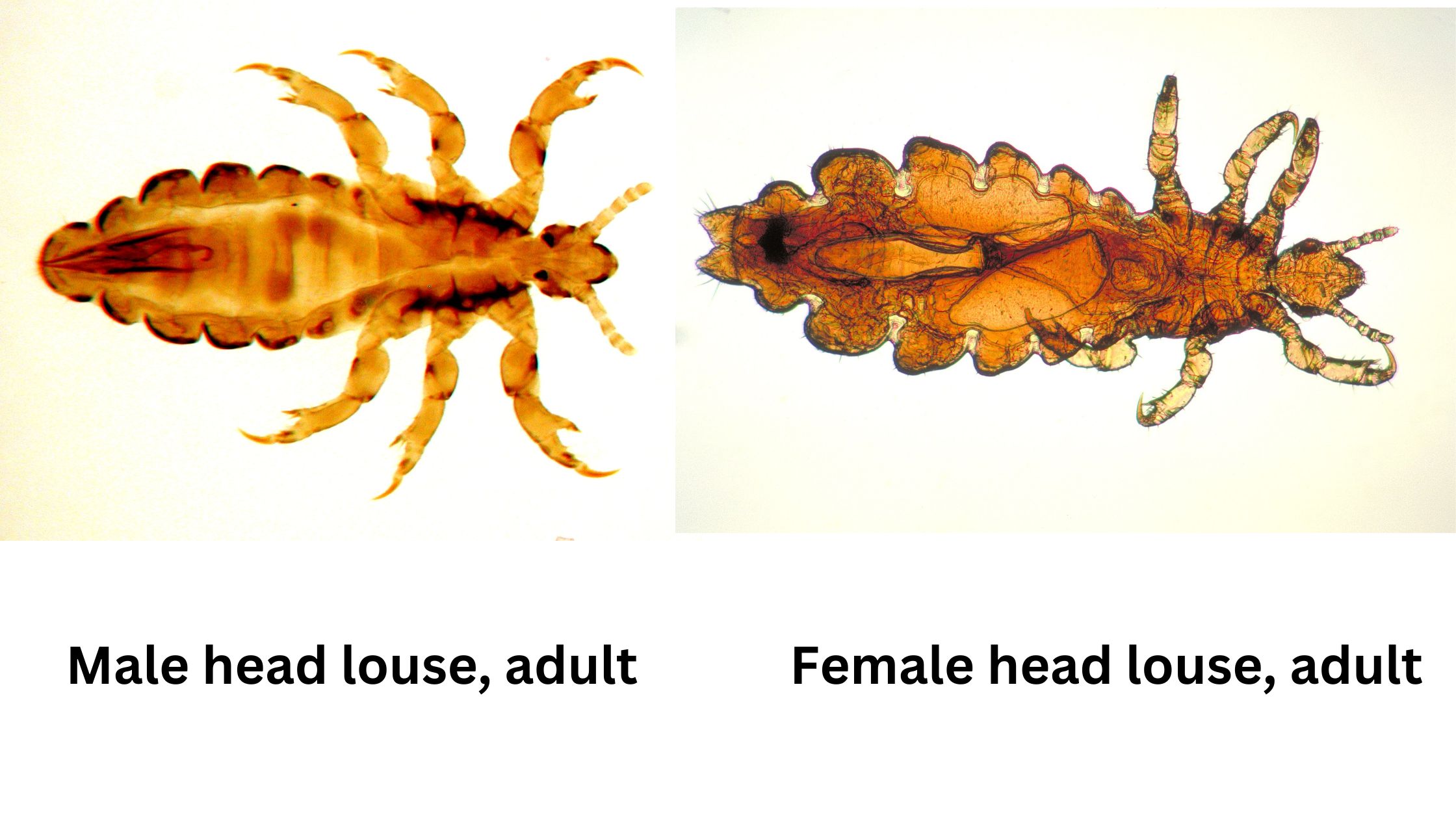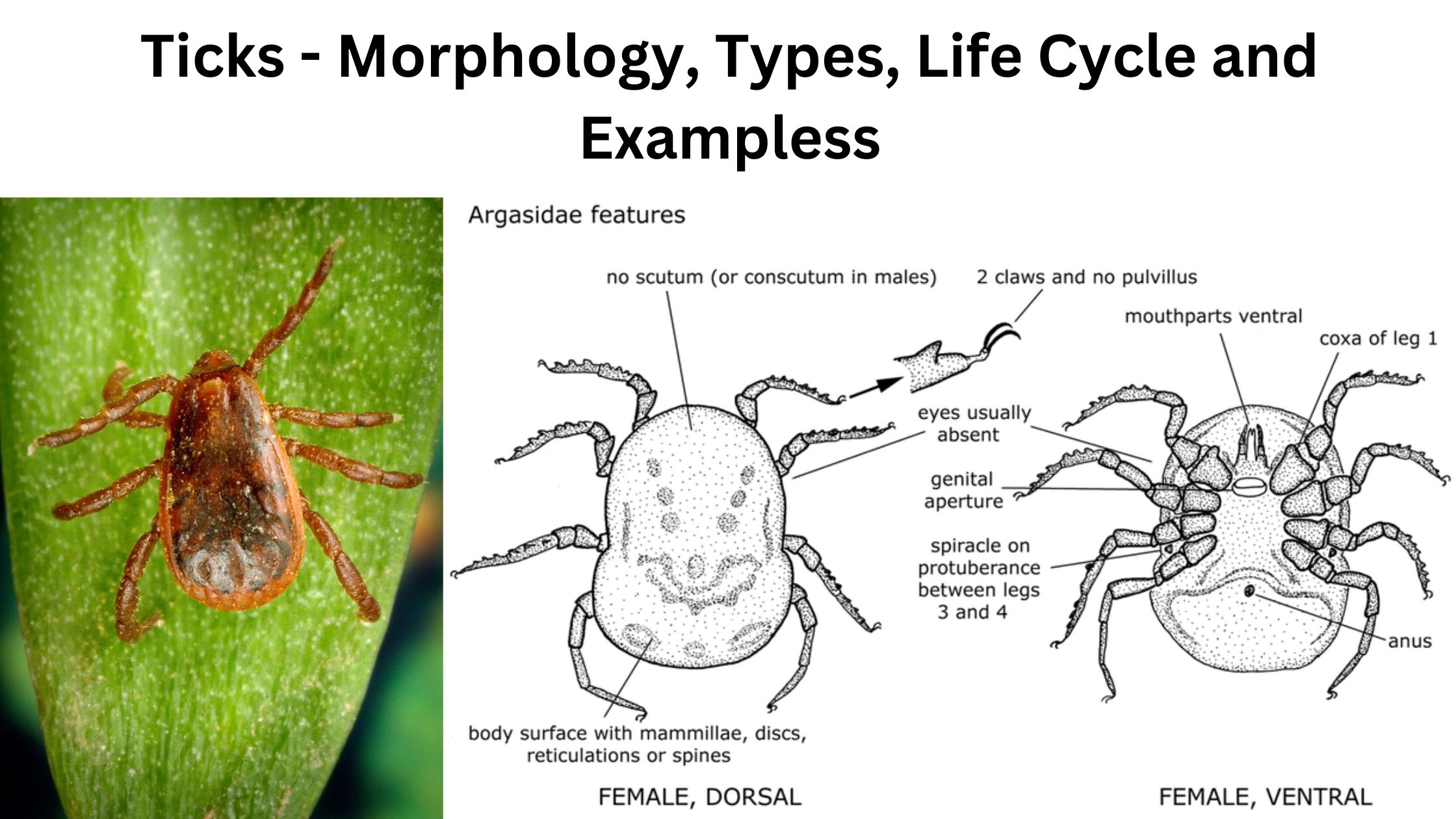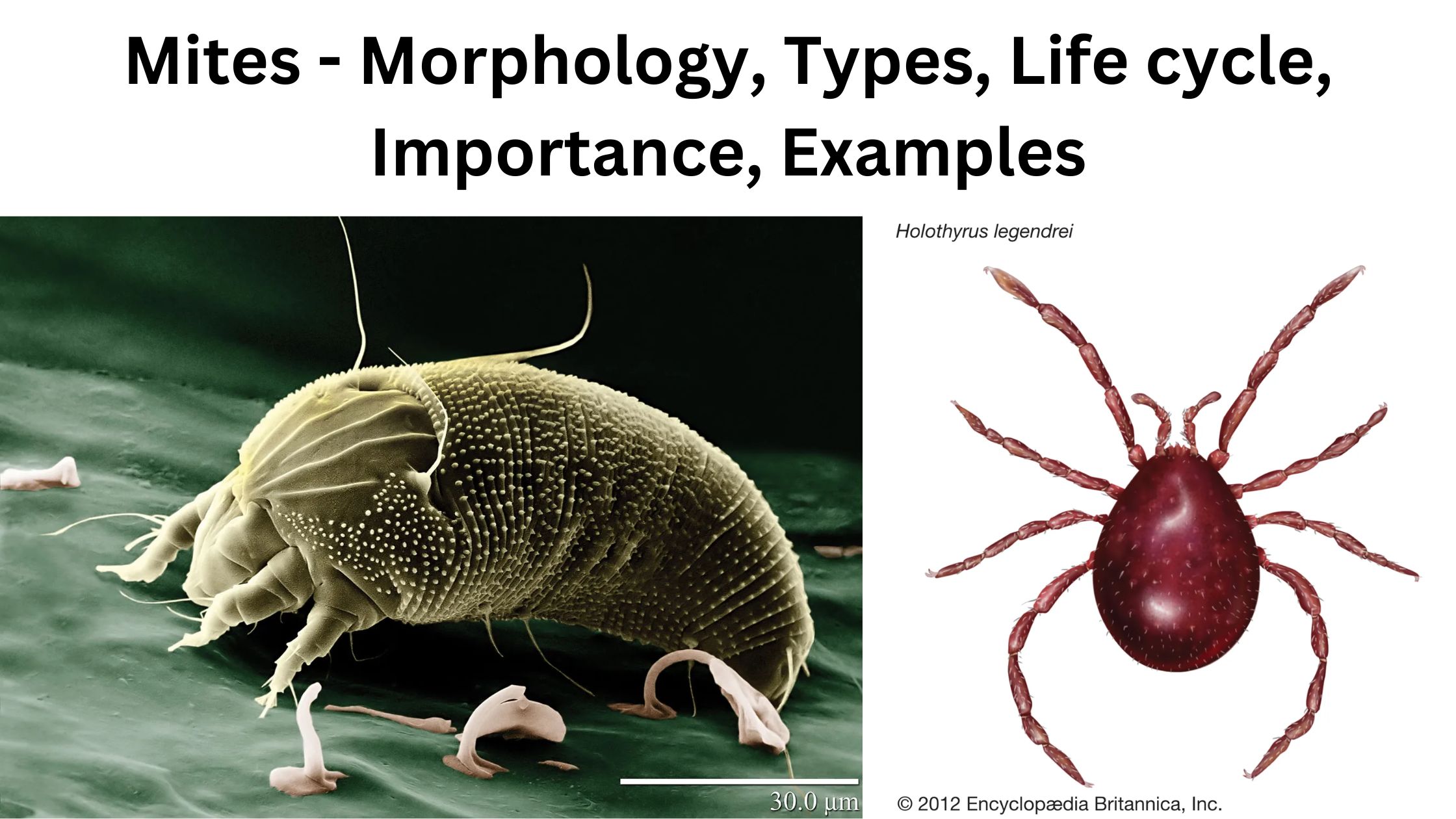Choice Based Credit System UGC B.Sc. Hons Zoology Honours Syllabus
CORE COURSE CORE COURSE I – NON-CHORDATES I: PROTISTS TO PSEUDOCOELOMATES Unit 1: Protista, Parazoa, and Metazoa General characteristics and classification up to classes. Study of Euglena, Amoeba, and Paramecium. Life cycle and pathogenicity of Plasmodium vivax and Entamoeba histolytica. Locomotion and reproduction in Protista. Evolution of symmetry and segmentation in Metazoa. Unit 2: Porifera … Read more

